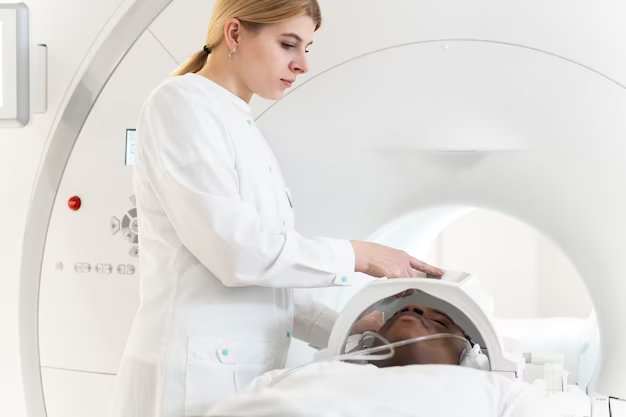PET/CT Significantly Improves Survival in Head-And-Neck Cancer Patients Monitored For Recurrence
Posted on 14 Aug 2023
Approximately two-thirds of individuals with head and neck squamous cell carcinoma (HNSCC) face a potential recurrence risk within the initial two years after treatment. Now, a new study suggests that an intensive follow-up regimen using PET/CT scans could be advantageous for such patients.
Scientists with the University Hospital of Brest (Brest, France) explored the viability of employing 18F-fludeoxyglucose–positron emission tomography combined with computed tomography (18FDG-PET/CT) for the early detection and tracking of these cases. The findings were promising, demonstrating a three-year overall survival rate of 72.5% within the PET/CT group compared to 64.3% in the conventional follow-up group.

The case-control study involved a retrospective analysis of individuals aged 18 and above who were diagnosed with HNSCC between 2006 and 2019 and were treated at three medical centers. These patients had achieved a complete imaging response three to six months after treatment was taken for curing the disease. A minimum of three years of subsequent follow-up was conducted on all the patients. Among the 782 individuals included in the analysis, 497 (64%) underwent 18FDG-PET/CT scans, while the remaining 285 (36%) were given the traditional CT approach. A regression analysis showed a correlation between undergoing PET/CT scans and a reduced risk of mortality (odds ratio, 0.71), even after accounting for factors like age, gender, and comorbidities. The average three-year overall survival rate was notably better for the PET/CT group, according to the researchers. Further analysis revealed improved mean survival rates among patients with stages III and IV HNSCC within the PET/CT cohort, with no marked distinction observed at stages I or II.
“Prospective multicenter randomized studies are needed to investigate a causal relationship with survival and may help to define a follow-up schedule,” stated Jean-Christophe Leclère, MD, with the hospital’s Head and Neck Surgery Department. “To the best of our knowledge, this is the first series demonstrating a significant survival difference in patients monitored in an intensive follow-up strategy based on 18FDG-PET/CT.”
Related Links:
University Hospital of Brest














